Trump’s policy and the risk of a geopolitical reversal in Panama
Trump’s policy and the risk of a geopolitical reversal in Panama
By Elixsandro Ballesteros, Former ambassador and professor of the University of Panama
1. Global context
There is a tense situation in the relations between the United States and Panama. This needs to be analyzed within the context of the US’ declining global hegemony, the change of the global order and the rejection of President Trump to acknowledge the reality of a multipolar world. The US president specifically ignores that powers such as China, Russia and other countries of the Global South are gaining influence. Washington has imposed a harsh immigration policy and a war of tariffs and sanctions, which are counterproductive to the global economy and expose the United States’ inability to adapt to the new world order.
2. The Trump doctrine and his vision of Panama
This reality helps explain President Trump’s aggressiveness toward a traditional ally like Panama, focused on wresting control of the Panama Canal. Trump has expressed his intention to “regain” the Canal. To achieve this, he has resorted to threats and intimidation, accompanied by rhetoric laden with fallacies. He alleges that the tariffs imposed by Panama on US vessels are excessive and that China’s growing influence in the region represents a direct threat to US strategic interests. In his view, the Canal is vital to national security, facilitating naval fleet transit and trade between the Atlantic and Pacific Oceans. According to Trump, leaving this waterway under Panama’s sovereign control, or under the alleged influence of rival powers, seriously compromises his country’s defensive and logistical capabilities.
The Trump Doctrine is characterized by an expansionist and unilateral approach. It represents an aggressive re-enactment of the Monroe Doctrine. Trump seeks to reestablish US hegemony in the region through economic pressure, military threats, and alliances with far-right governments.
His strategy is based on a combination of geopolitical, economic, and national security arguments that reflect his doctrine of confrontation with China and his “America First” vision.
Trump’s rhetoric has gradually materialized through a series of concrete actions. Using lies, he has exerted pressure and intimidation on his counterparts, regardless of whether they are allies or not. This has worked in the case of the Panamanian government, in contrast to the response he has received from Canada, Denmark, and Mexico. His strategic approach centers on regaining control over the Panama Canal and reestablishing military bases on Panamanian territory, even in areas far from the Canal. This latter objective has been justified by the argument of opening an airport in the province of Darién to support immigration operations and combat drug trafficking.
Donald Trump called the tariffs Panama imposes on U.S. vessels transiting the Canal “exorbitant,” arguing that these tariffs harm U.S. economic interests. He threatened that if Panama did not adjust the tariffs and conditions of use of the Canal, the United States could “retake” control of it. These statements were interpreted as a direct threat to Panamanian sovereignty.
3. The threat to the Neutrality Treaty
In addition to contravening the Neutrality Treaty signed in 1977, which establishes “Tolls and other charges for transit and related services shall be fair, reasonable, equitable and consistent with the principles of international law…” The Protocol relating to permanent neutrality and the operation of the Panama Canal maintains that the neutrality regime agreed upon by both nations “…shall permanently ensure access to the Canal for vessels of all nations on a basis of complete equality…”
In a post on Truth Social on April 26, 2025, he stated that U.S. military and commercial vessels should be able to transit the Canal without paying tariffs, and tasked Secretary of State Marco Rubio with addressing and formalizing this demand.
In addition to contradicting the provisions of the Panama Canal Neutrality Treaty by granting blatantly discriminatory and unequal treatment to US warships, thus displaying open interventionism, during his visit to Panama, Secretary of State Marco Rubio pressured the Panamanian government to withdraw from the Belt and Road Agreement. He also demanded the cancellation of the concession granted to CK Hutchison Ports, a company that has operated two of the five ports adjacent to the Canal since 1997 after winning a bid in which US companies also participated, before finalizing the gradual transfer of the Canal to Panamanian hands. With these actions, the Trump administration sought to subordinate the Panamanian government to its strategy of eliminating all Chinese influence in the region.
Trump has not ruled out the use of force to secure control of the Canal, a threat with which he has won concessions from the administration of José Raúl Mulino. In January 2025, President Trump requested “military options” from the Pentagon to guarantee “unrestricted access” to the Panama Canal, considering it a “strategic asset.” This request was detailed in a memorandum entitled “Interim National Defense Strategic Guidance,” issued by Secretary of Defense Pete Hegseth.
These actions, implemented through the visits of the United States Secretary of State and Secretary of Defense to Panama, which have followed President Trump’s narrative, have generated protest mobilizations throughout the Republic of Panama and have been a source of concern for the international community, which sees these statements as a setback in bilateral relations and a violation of Panamanian sovereignty.
4. The role of the Panamanian government
From an initially nationalist stance, the Panamanian president opted to make concessions in the face of US threats and conditions, which undermine Panama’s sovereignty and the Canal’s neutrality. He gave in on fundamental issues such as spurning multilateral diplomacy, which greatly benefited Panama’s position during the Torrijos-Carter Treaty negotiation process. He prefers what he calls “quiet diplomacy” or “without fellow travelers” to avoid what he considers “a confrontation with the United States,” becoming complicit in insatiable US ambitions at the cost of losing autonomy and harming the Panama Canal’s neutrality. The pressure exerted by the Trump administration has led to the Mulino government violating the Neutrality Treaty and ceding sovereignty. Furthermore, he prefers to distance himself internally from national unity in response to US hostility, underestimating the strategic interests of this power.
Regarding the renewed US intention to maintain a military presence on Panamanian territory, this has been a prevalent concern since the negotiations for the failed 1967 treaties and the 1977 Panama Canal Treaties, in which Panama finally regained control of the canal, its full sovereignty, and eliminated its military bases.
In section 1111 of the Public Law 96-70, known as the Panama Canal Act of 1979, passed by the United States Congress for the implementation of the Treaties, expresses the need to negotiate with the Republic of Panama to establish a U.S. military presence in the Canal area after the expiration of the 1977 Panama Canal Treaty.
Specifically, this section states:
“It is the sense of Congress that the best interests of the United States require that the President enter into negotiations with the Republic of Panama for the purpose of arranging for the stationing of United States military forces, after the termination of the Panama Canal Treaty of 1977, in the area comprising the Canal Zone prior to the effective date of this Act, and for the maintenance of installations and facilities, after the termination of said Treaty, for the use of United States military forces stationed in that area.”
In addition, the section requires the President to report to Congress in a timely manner on the status of negotiations conducted pursuant to this provision.
In short, Section 1111 reflects Congress’s intent that arrangements be made to permit the continued presence of U.S. military forces in the Panama Canal area after the termination of the then-current Treaty, and that Congress be kept informed of the progress of such negotiations.
Before completing the process of reversing the Canal and its adjacent territory and dismantling the military presence, the government imposed by the 1989 US military invasion offered to hold elections and renegotiate the US military presence in return, but this commitment was not fulfilled.
In this regard, the Nunn Reservation approved by the US Senate to ratify the 1977 Neutrality Treaty and used as an instrument by Panamanian President José Raúl Mulino to give in to Trump’s militaristic pretensions, states that “nothing in this Treaty [of Neutrality] shall prevent the Republic of Panama or the United States of America, in accordance with their respective constitutional procedures, from entering into any agreement or arrangement between the two countries (…) for the establishment of military forces (…)” .
Luis Navas, a member of the Panama Canal Board of Directors, argues that the Nunn Reservation was not agreed upon by Panama during the original negotiations and that its invocation constitutes an absurdity. He maintains that resorting to the Nunn Reservation to justify the U.S. military presence in Panama violates both the spirit of the Neutrality Treaty and the Political Constitution, violating the sovereign rights of the Republic of Panama.
5. The Memorandum of Understanding and covert militarization
On April 9, during the visit of Pete Hegseth, Secretary of Defense of the United States, the Memorandum of Understanding regarding security activities in the Republic of Panama was signed jointly with the Minister of Security of Panama, Frank Abrego.
The main objective of this agreement is not clearly defined in terms of its purposes and objectives. However, its practical effect is to facilitate territorial expansions for foreign military operations on Panamanian soil, without legislative ratification or public consultation. Far from representing balanced bilateral cooperation, the agreement reproduces patterns of subordination in which Panama cedes sovereignty in exchange for logistical or political support, under pretexts such as regional security or combating drug trafficking.
This is dangerous to national integrity and sovereignty, and it also represents a violation of the Constitution, the Neutrality Treaty itself, and international law. The Memorandum of Understanding leaves open the scope of activities that US military troops may carry out in Panama, stating that the United States may carry out “any other type of activity, as mutually agreed upon by the participants.” It should be noted that President Trump has stated that one of his objectives was the recovery of the Panama Canal.
6. The Panamanian government between complacency and subordination
Therefore, if the Panamanian government grants its consent for U.S. troops to suppress protests in Panama, for any reason or cause, they will be protected by this Memorandum.
The objective of the Memorandum is to guarantee the security of the Panama Canal on behalf of the United States, since the port and airport areas and infrastructure ceded by Panama are adjacent to the Canal.
7. Constitutional violations and legislative omission
Those objecting to the signing of the Memorandum in Panama have pointed out that everything related to the protection of the Canal, in order to be approved and implemented according to the constitutional mandate, must be submitted to the National Assembly of Deputies and a referendum of the population, and that no “amendment, reservation, or understanding” is valid unless it meets these requirements.
On the other hand, the Memorandum cedes national territory to a foreign nation, provided there is a mention of “use and/or utilization.”
Opponents of the Memorandum point out that another act of unconstitutionality is committed when the negotiation and signing are exclusively assigned to the President of the Republic and the National Assembly. They also point out that the documents signed during the visit to Panama by United States Secretary of Defense Pete Hegseth, namely, the Mulino-Hegseth Joint Declaration, the Ábrego-Hegseth Memorandum of Understanding, and the Icaza-Hegseth Joint Declaration, are detrimental to national sovereignty, contrary to the Political Constitution and the laws of Panama.
The Memorandum of Understanding violates the Neutrality Treaty, which states in Article V that “After the termination of the Panama Canal Treaty, only the Republic of Panama will manage the Canal and maintain military forces, defense sites and military installations within its national territory.”
8. Trump’s strategic obsession with the Canal
The Panamanian government has ceded territory and national sovereignty to the United States under the pretext of pleasing President Donald Trump, who repeatedly pursues a single objective: the return of the Canal to U.S. interests. By adopting the Trumpist narrative that portrays China as a threat to control of the Canal, the Panamanian government is subordinating itself to a neocolonial relationship, in which Washington decides who the enemies are and what constitutes a threat.
In this framework, Panama is not seen as a sovereign partner, but rather as the United States’ “backyard” and a pawn in its global geopolitics. This position represents a historic setback, contrary to the dignity and firmness that guided Major General Omar Torrijos H.’s titanic struggle during the negotiations for the recovery of the Canal.







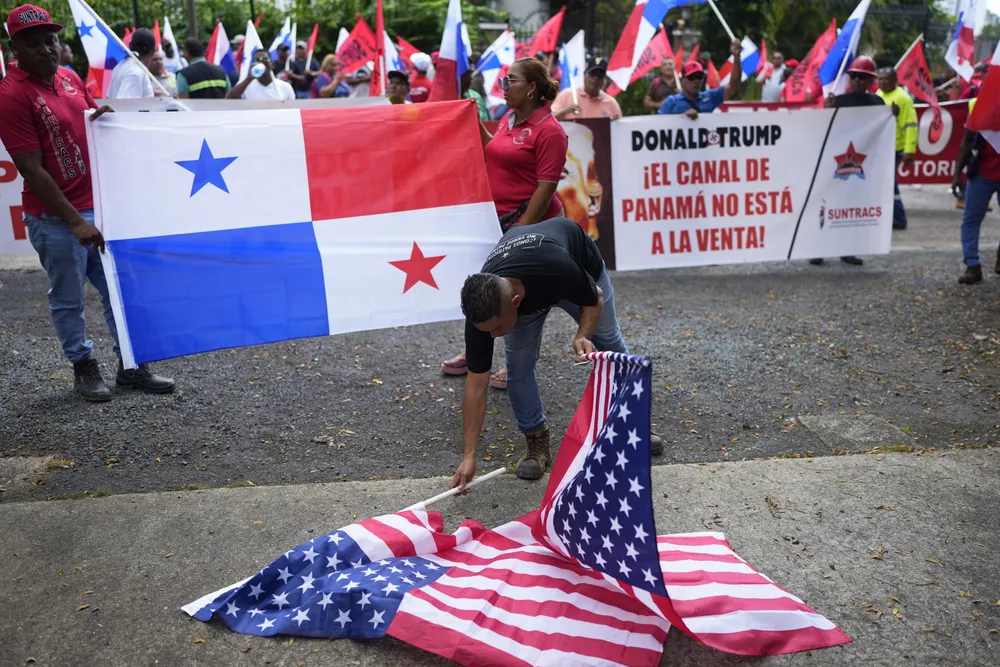

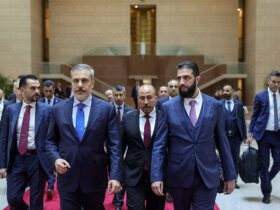
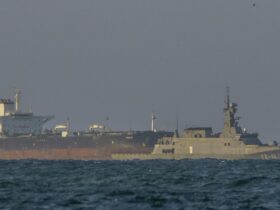
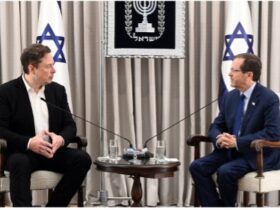
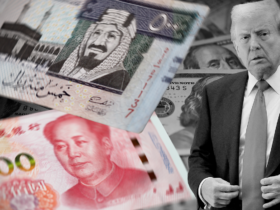
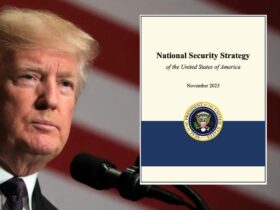
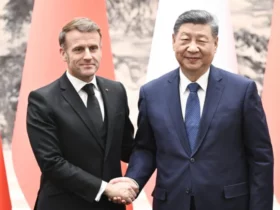

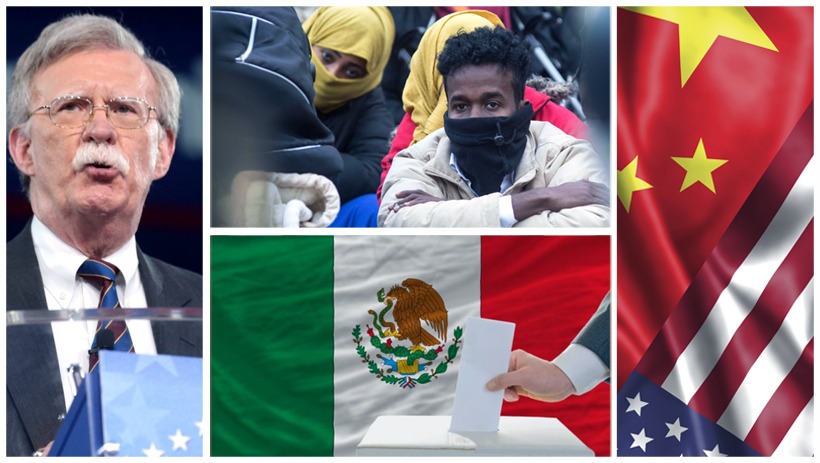
Leave a Reply